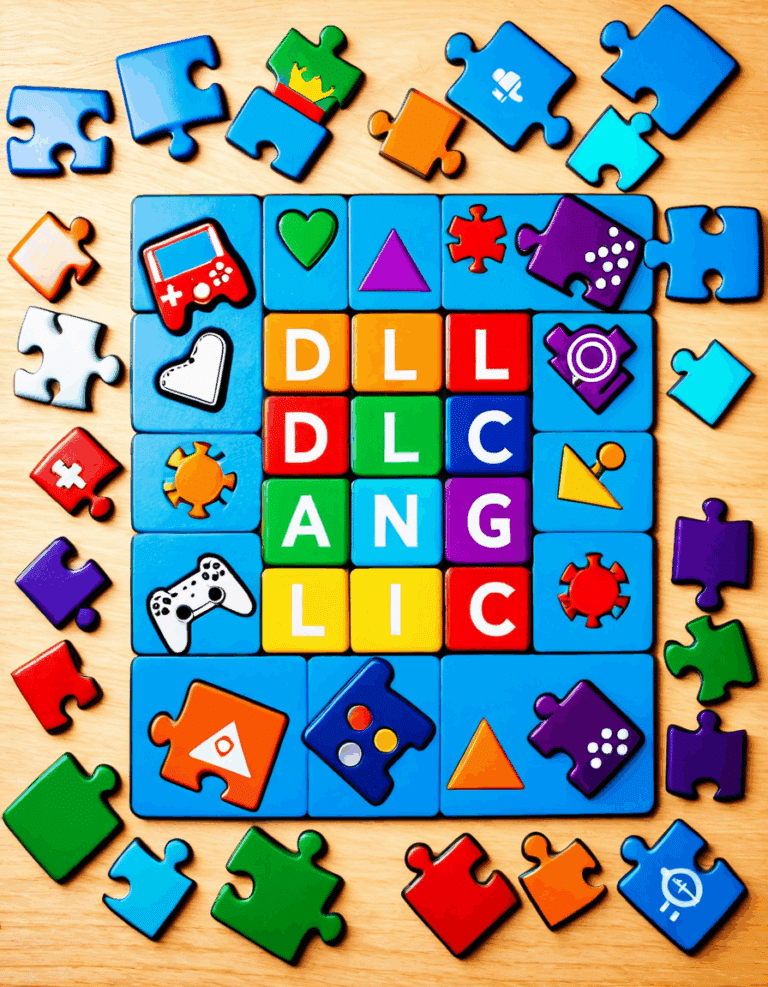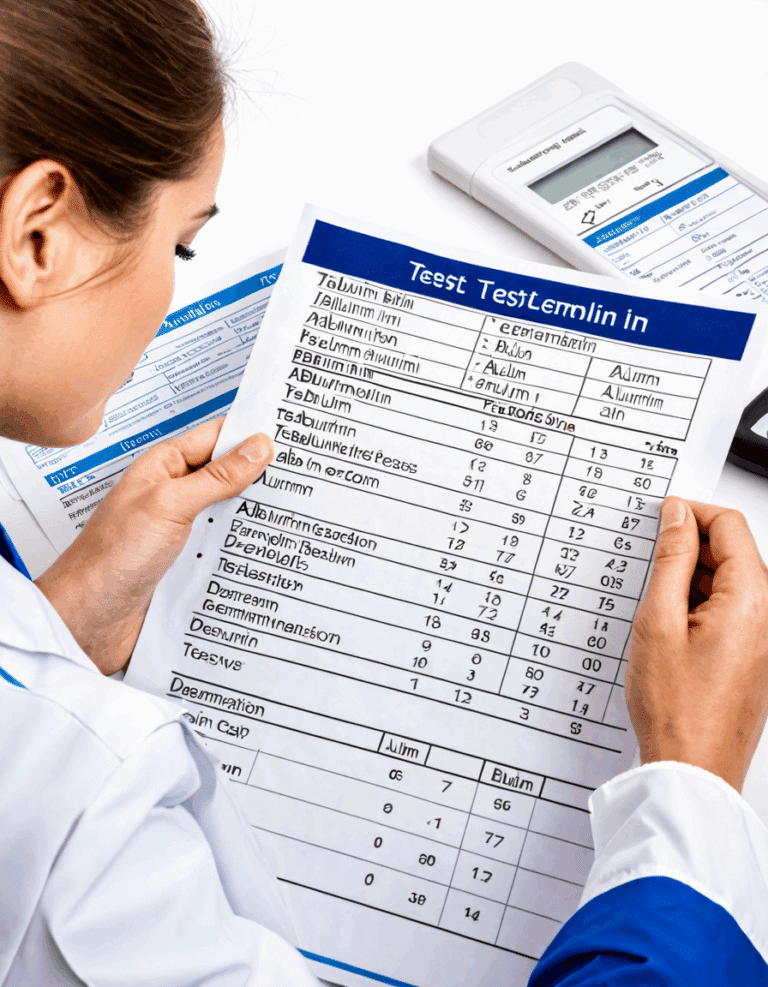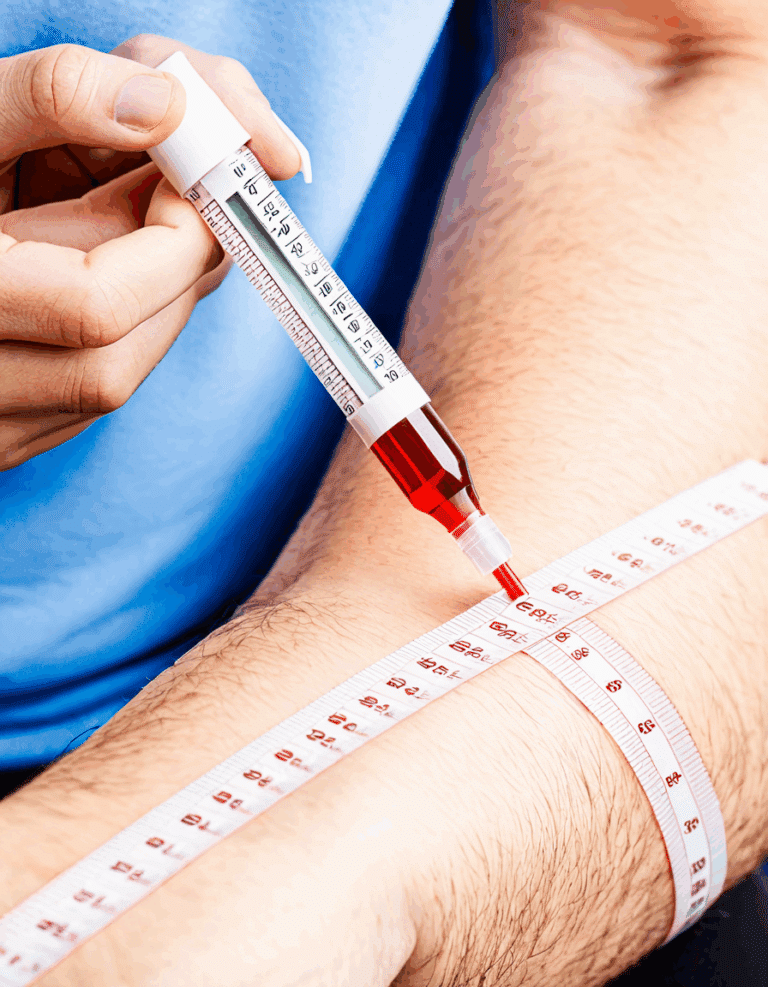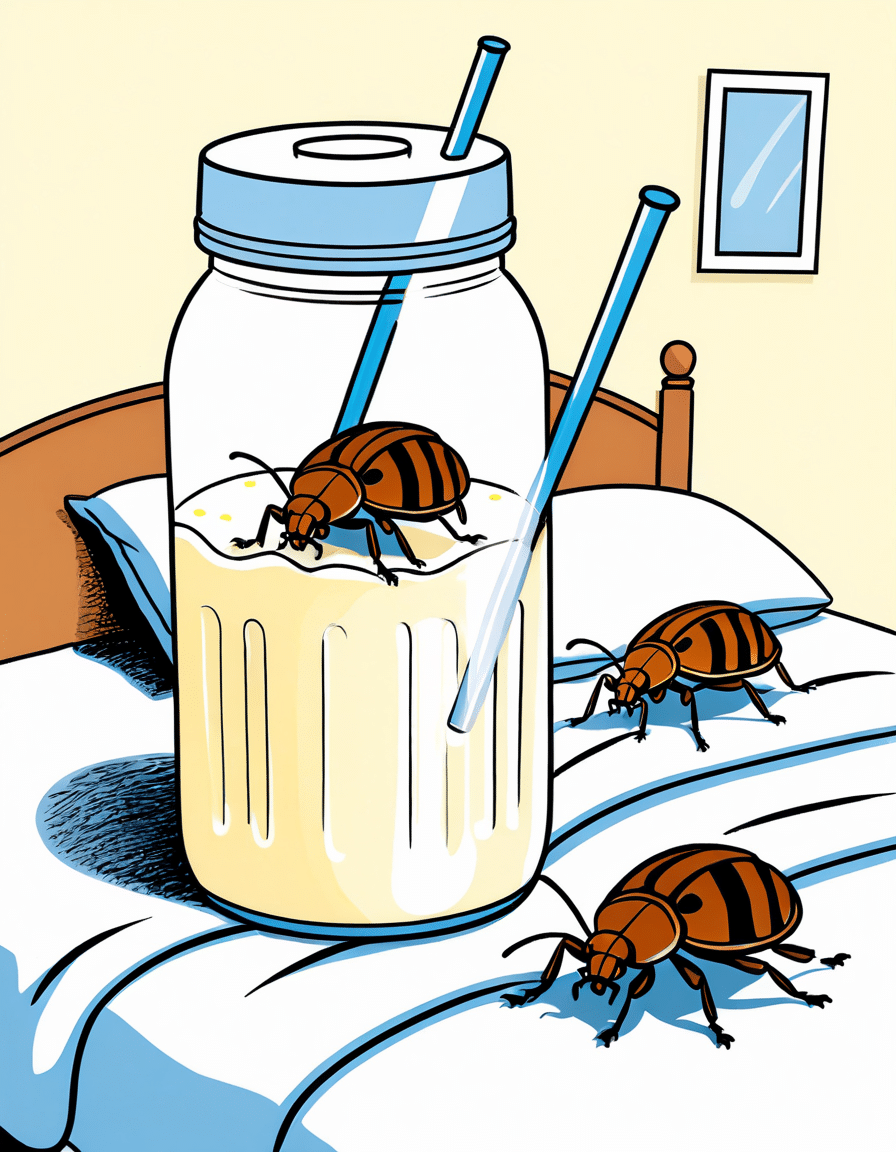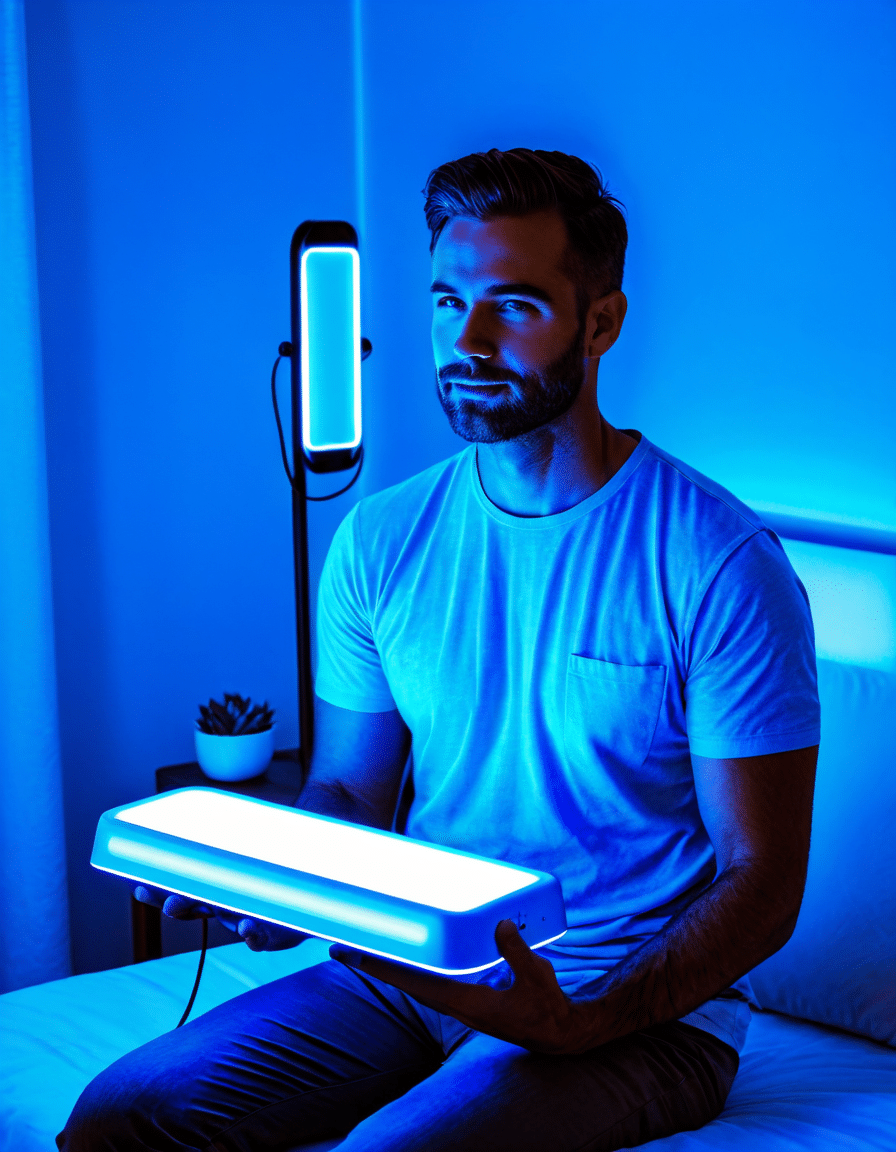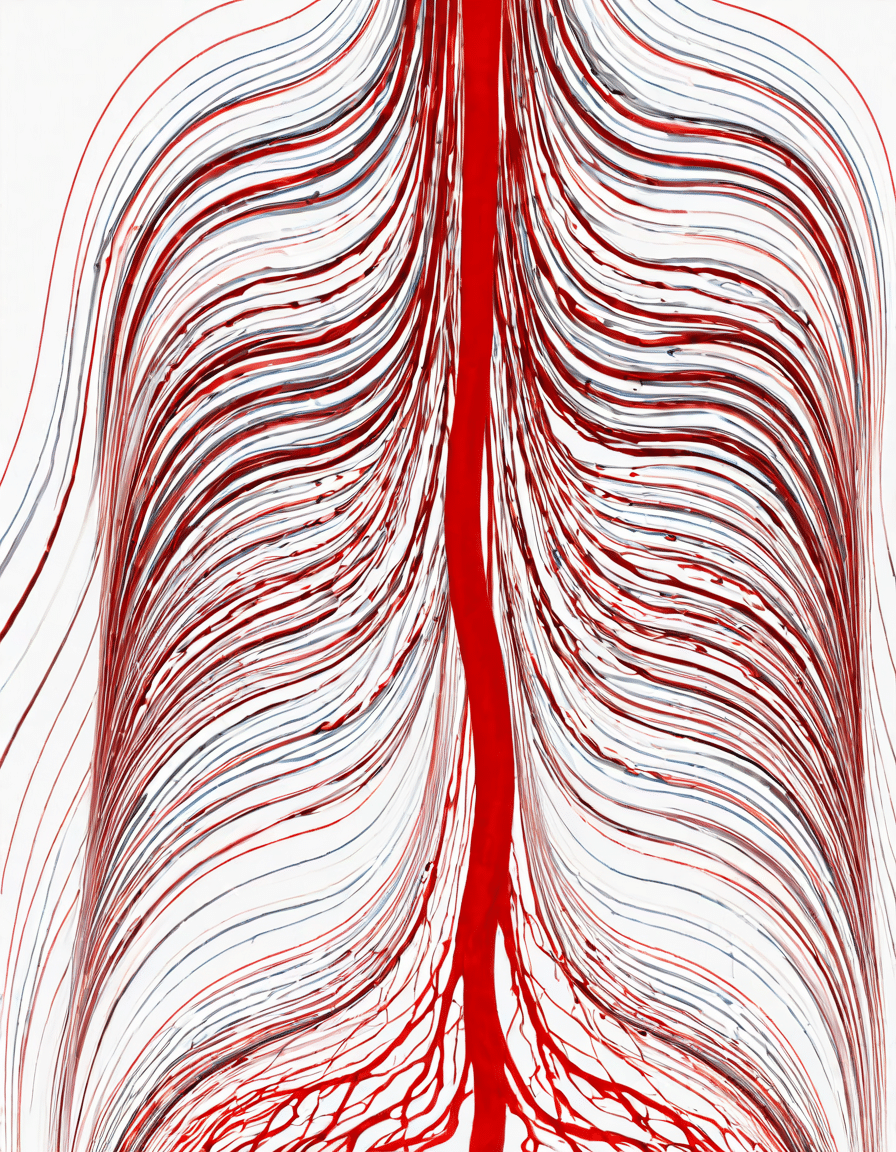Imagine standing on the precipice of peak performance. Stratera, known scientifically as atomoxetine, is emerging as an essential tool for those grappling with attention-deficit/hyperactivity disorder (ADHD). It not only offers an alternative for people wary of stimulant medications like Adderall and Ritalin but also shines a spotlight on effective treatment without the jitters. Research points to Stratera’s ability to enhance attention span and curb impulsivity, leading to a daily life that’s not only productive but also enriched and fulfilling.
Stratera’s rise is not just about offering doses of hope to individuals with ADHD; it’s about reshaping how we view treatment options. While traditional stimulants have long ruled the roost, the nonstimulant approach of Stratera provides a refreshing perspective. It’s a game changer in realizing that not everyone needs a kick of stimulant energy to thrive. Rather, it underscores the importance of customized care and pushes for conversations on how diverse treatment options can enhance the quality of life for people living with ADHD.
With this evolving narrative, let’s dive deeper into how Stratera stacks up against other nonstimulant options, its unique mechanism, possible side effects, and the real-world impact it creates. This isn’t just about medication; it’s about transformation.

Understanding Stratera and Its Efficacy in Treating ADHD
Stratera works wonders by manipulating brain neurotransmitters, making it effective in rectifying attention deficits. Unlike its stimulant cousins, Stratera focuses on raising levels of norepinephrine, a key player in regulating behavior and attention. By improving these chemical messengers, Stratera fosters a calmer mind, better focus, and increased productivity.
For those who may have encountered negative side effects from stimulants, Stratera proves to be worth considering. It doesn’t play tricks on your central nervous system (CNS) like Adderall; instead, it offers a stable approach—one that’s less prone to creating an addictive relationship with medications.
Clinical studies reveal that Stratera significantly enhances attention in individuals suffering from ADHD across different demographics, including children and adults. The research emphasizes the potential for lasting benefits through its regular use, making it a cornerstone for many looking to stride into a more organized and focused life.
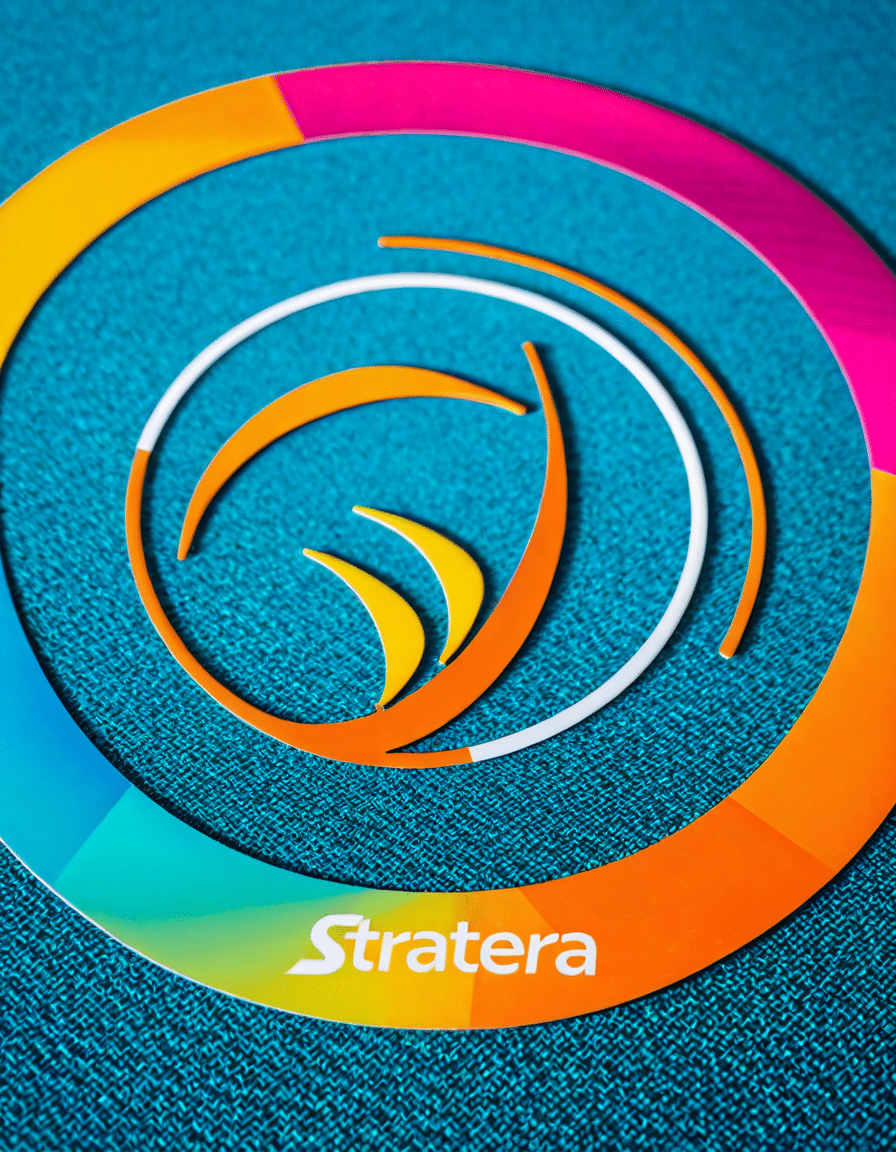
The Impact of Nonstimulant Treatments: Stratera vs. Other Medications
Comparing Stratera with Other Non-stimulant ADHD Treatments
In a nutshell, Stratera stands out among these non-stimulant alternatives. With studies highlighting its effectiveness, it holds an edge for those who want to steer clear of stimulant-induced highs or crashes. The varied applications of such medications underline the critical need for healthcare professionals to evaluate each patient’s unique challenges and preferences.
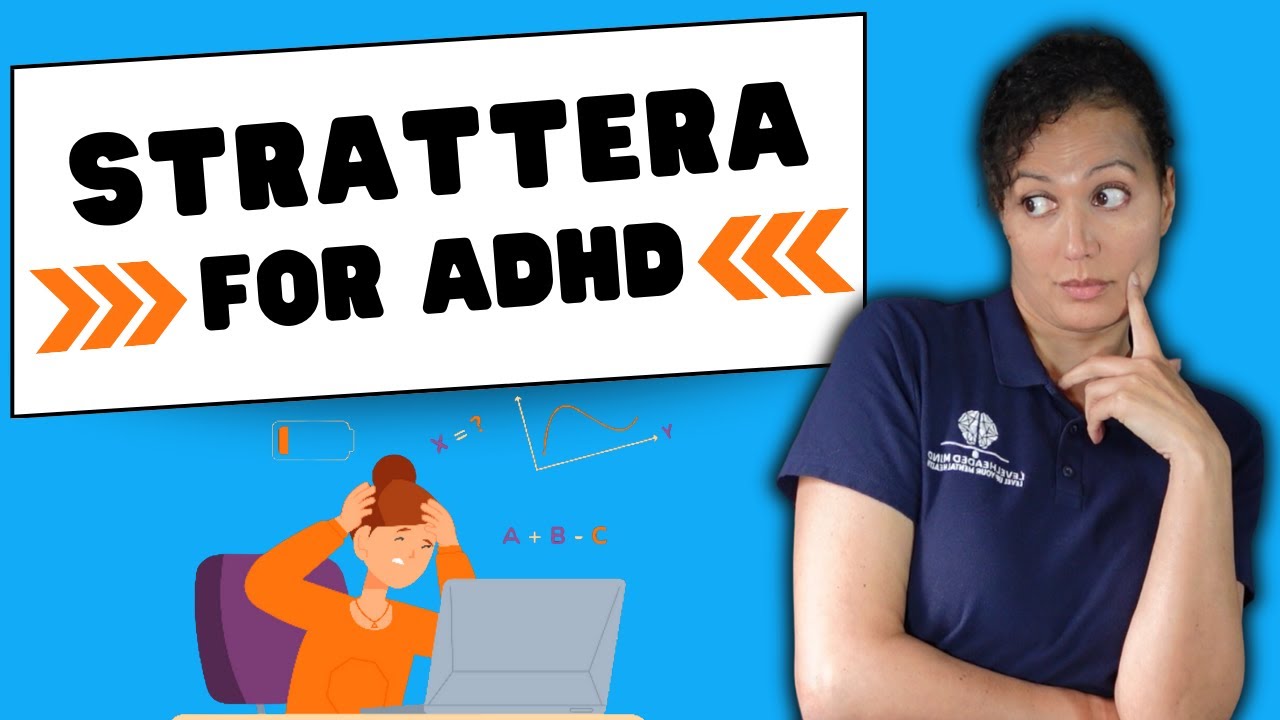
Side Effects and Considerations: Asthenia and Akathisia in ADHD Patients on Stratera
While Stratera shines bright, it isn’t without its shadows. Side effects such as asthenia—a term used to denote fatigue and weakness—can impact warmth in your day-to-day routine. It’s crucial to recognize that this medicine could elicit feelings of tiredness, highlighting the need for an adaptive approach to treatment.
Also on the radar is akathisia, a state of restlessness that could disrupt your momentum. This condition illustrates the necessity for ongoing monitoring during your treatment with Stratera. Talking openly with healthcare providers can help strike a balance between managing ADHD symptoms and addressing potential side effects to create a healthier lifestyle.
By proactively addressing these concerns, individuals on Stratera can set realistic expectations and better plan around their therapeutic journey. These considerations reinforce the importance of personalized care, ultimately paving the way for achieving new heights in focus and productivity.

Stratera’s Pharmacological Mechanism: How It Works in the Body
Stratera’s magic lies in its function as a selective norepinephrine reuptake inhibitor (NRI). It elevates levels of norepinephrine, thereby enhancing attention and curbing distractions. This contrasts sharply with stimulant medications, which amplify dopamine availability, often leading to a roller coaster of energy levels.
What’s particularly important is that Stratera does not carry the high risk of addiction that stimulant medications may possess. Without euphoric side effects, it offers a stable path toward managing ADHD, fostering an environment where one can thrive without the fear of dependency.
Thanks to its distinct pharmacological properties, Stratera represents a beacon for those who might otherwise have felt overshadowed by their symptoms. By increasing norepinephrine in a controlled manner, it builds a solid foundation for improvement in attention and behavioral functioning.
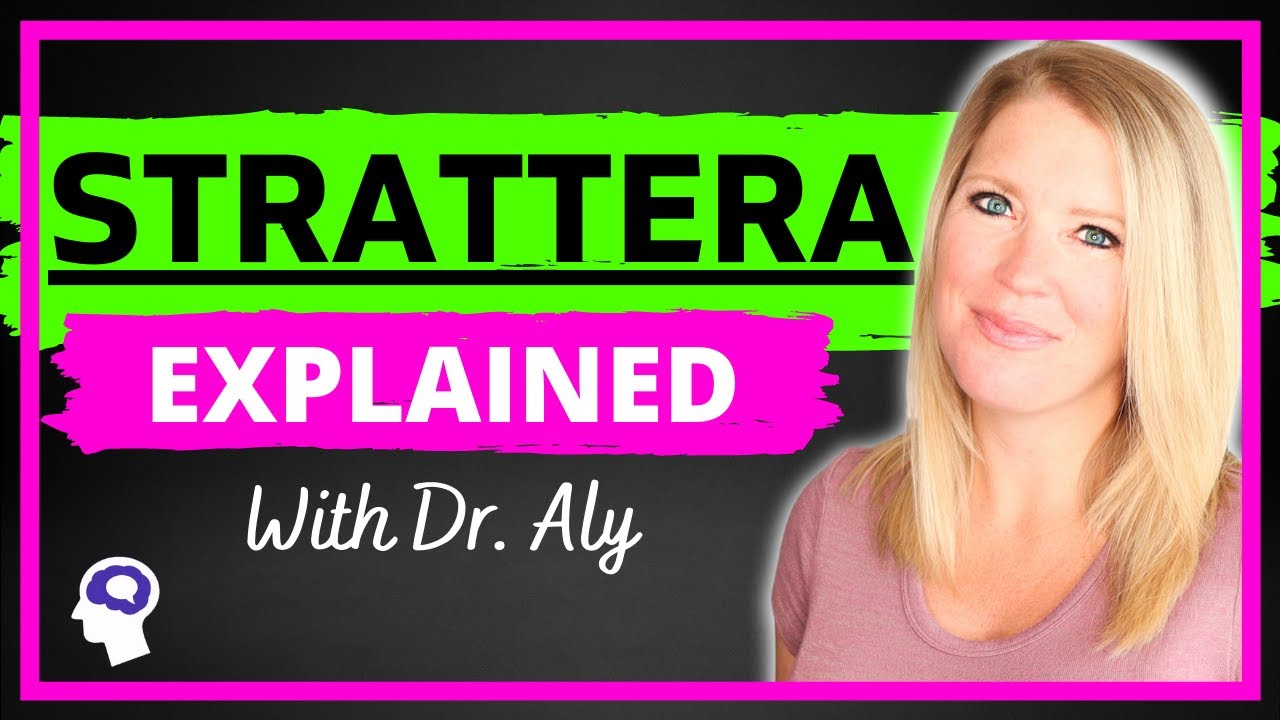
Real-World Impact: Experiences of Patients Using Stratera for ADHD
Listen to the stories of patients who’ve chosen Stratera as their ally in battling ADHD; they tell tales of hope and newfound focus. Many individuals who couldn’t endure stimulants report feeling a breath of fresh air once they started taking Stratera. This experience tugs at the heart; envision an artist regaining their creativity or a student finally grasping complex subjects with clarity.
Take for instance, a software developer who struggled to keep up with deadlines. After initiating treatment with Stratera, they found their concentration improving during coding marathons. Meetings became more productive, and their overall performance peaked, demonstrating the real-world effectiveness of this nonstimulant treatment.
It’s noteworthy that individuals from all walks of life—from students to professionals—discover a new lease on productivity with Stratera. Their tales laud this medication as more than just a pill; it’s a key to unlocking potential they never knew existed.
Beyond ADHD: Broader Implications for Non-Stimulant Treatments in Mental Health
The success of Stratera ignites conversations about the next frontier in mental health treatments. Emphasizing non-stimulant options expands the focus to include safety and cumulative mental wellness, leading to more comprehensive care.
With burgeoning evidence surrounding other medications like Sybaris, even if they target different conditions, they introduce fascinating insights. The growing body of research sheds light on how various pharmaceuticals can impact mood and cognitive function across diverse psychiatric issues.
As the medical community ventures into this innovative territory, the versatility of nonstimulant treatments might pave new pathways in managing not only ADHD but a multitude of mental health challenges. By acknowledging these links, practitioners can promote a holistic approach ensuring patients receive well-rounded support.
Wrap-Up: Reimagining ADHD Treatment with Stratera
As we reflect on the shifting landscape of ADHD treatment, one thing is crystal clear: Stratera is not just another medication; it’s part of a revolution. Grasping the intricacies of ADHD management through the prism of nonstimulant treatments enables us to foster better, more personalized care.
By contemplating factors such as patient response and individual medication side effects, we elevate the discussion surrounding ADHD. With ongoing research and exploration into Stratera’s role, we’re steering into a future where treatment can be more effective and compassionate.
The fight against ADHD symptoms becomes less of a solitary battle and more of a collective mission—one where the right tools, like Stratera, can help people reclaim their focus, productivity, and ultimately, their quality of life. Let’s champion this journey together, as we aim not just for success but for greatness! So, gear up, get ready, and give yourself the opportunity to thrive!
Stratera: A Powerful Nonstimulant ADHD Treatment
Fun Trivia About Stratera
Did you know that Stratera is the brand name for atomoxetine, a medication specifically developed to treat ADHD? Unlike stimulant medications, it works differently, targeting norepinephrine levels in the brain. This nonstimulant approach is a game changer for many who may have concerns about the side effects often associated with stimulants. It’s interesting to note that ADHD, or Attention Deficit Hyperactivity Disorder, affects about 5% of adults globally, proving that Stratera is truly impactful for a sizeable population. By the way, managing ADHD symptoms might get better with nutritious options. Check out some ideas for healthy lunches to fuel your brain!
In a fun twist, many don’t realize that Stratera can take several weeks to show its full effectiveness, unlike stimulants that can kick in within hours. This gives folks the chance to gradually adjust. Speaking of adjustments, some people might find they have to change their daily routine. And as shifting gears can be tricky, why not explore some things to eat that can support cognitive function? Foods rich in omega-3 fatty acids, like fish with oil, are fantastic choices.
You may be surprised to hear that Stratera is also FDA-approved for use in children aged six and older, making it a versatile option for families. For context, medications like primidone for seizure disorders also require careful monitoring, akin to how Stratera adjustments can play out. And here’s a nod to the pop culture realm: the name Stratera can remind fans of characters like Hajime Hinata from popular series, drawing a parallel about how finding the right “fit” is vital, whether it’s in medication or favorite characters. If you’re curious about the transportation aspect of life, the new Ioniq 6 electric vehicle could be a perfect rival when discussing modern solutions and mindsets. In short, embracing Stratera and the surrounding lifestyle factors could pave the way for better management of ADHD symptoms.









